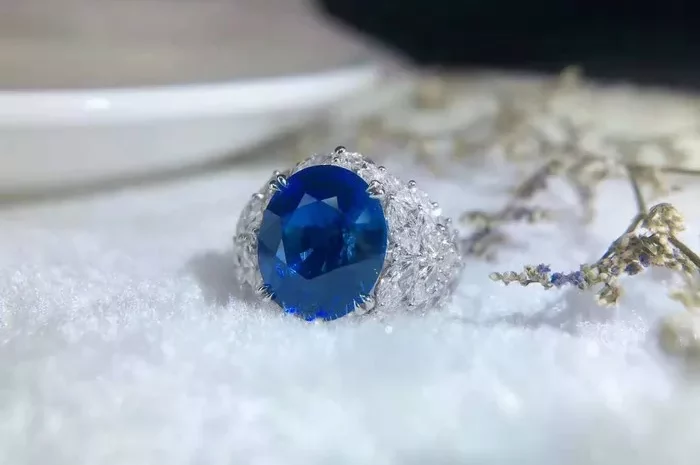The allure of fine jewelry often tempts us toward new, gleaming pieces, but there’s a growing trend towards considering antique jewelry as a sustainable and timeless alternative. Alex Alfieri, an antique dealer and founder of Butter Lane Antiques, sheds light on the environmental and ethical benefits of opting for antique jewelry in an exclusive e-interview with Green Matters.
Alfieri emphasizes that choosing antique jewelry goes beyond acquiring a stunning accessory; it’s akin to adopting a piece of history. Each antique piece tells a unique story, offering a timeless connection to the past and showcasing a level of craftsmanship rarely seen in modern pieces.
Aside from the historical and aesthetic appeal, antique jewelry often comes at a more affordable price, approximately 20 percent cheaper than new jewelry. Manufacturing costs and potential value-added tax exemptions contribute to this cost advantage.
A key motivation for choosing antique jewels is their eco-conscious impact. Alfieri highlights the environmental issues associated with mineral resource exploitation, such as deforestation, soil disturbance, air emissions, and water pollution. The negative impact of mining on land and resources is substantial, and opting for antique jewelry helps reduce the demand for new gemstone extraction.
Addressing the environmental concerns surrounding the diamond industry, Alfieri encourages consumers to reconsider purchasing new diamonds, especially given the sociopolitical problems associated with conflict diamonds. Conflict diamonds, also known as blood diamonds, often fund wars and exploit workers in conflict areas.
Embracing antique jewelry is presented as a choice that resonates with history, reduces carbon footprints, and supports socially responsible practices. Alfieri encourages individuals to view antique jewelry as an investment in a love story that spans eras, promoting ethical and sustainable practices in the adornment of oneself.
Caring for antique jewelry is deemed relatively simple, with Alfieri recommending a gentle cleaning solution of mild soap, warm water, and a soft toothbrush for routine maintenance. While antique pieces are generally hardy, regular checks for loose stones are advised, and professional cleaning by an expert in antique care is recommended for intricate pieces, especially those with pearls.
In conclusion, Alfieri emphasizes that choosing antique jewelry is not merely acquiring an accessory; it’s investing in a one-of-a-kind piece with heirloom potential, reflecting a commitment to sustainability, ethical practices, and a connection to the past.


